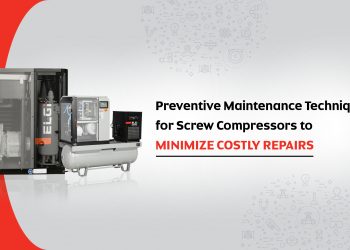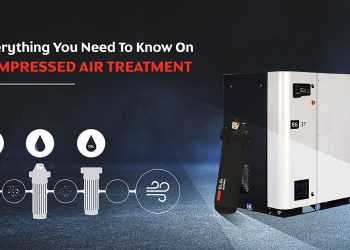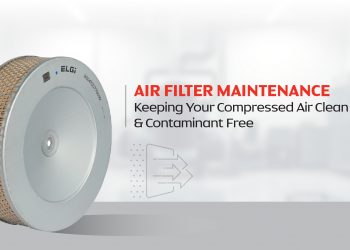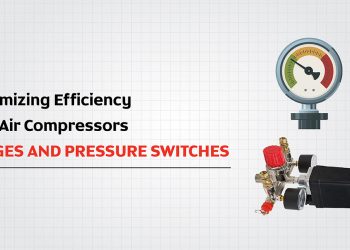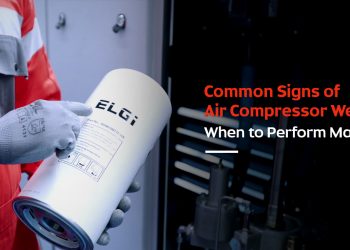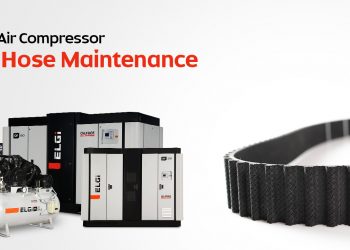Plate of air to fix that fracture
Compressed air is everywhere. Even in the process of healing fractures.

Fractures are so common that it is said that few children grow up without breaking a single bone! And though bones heal themselves, without prompt and proper medical care, these can lead to problems later in life.
Historically, the treatment of fractures involved restriction of activity and bed rest. A more practical method was to use splints or rigid strips. The use of bandages stiffened with various material was also practiced. Then came the use of plaster of Paris casts. This is considered one of the best-known treatment for fractures, though they are heavy, restrict movement considerably and can also cause cutaneous complications.

A fractured bone may be broken in a number of ways (transversely, obliquely, fragmented and so forth). Depending on the particular bone or bones, the age of the patient and the extent of damage, an appropriate method of treatment is decided.
In cases of an open and closed fractures, where there is severe injury to soft tissues, external fixation methods are used. A tube, rod, circular device or other arrangements made of metal are used to support the broken parts of the bone. In these cases, the device is outside the body and is linked to the bone by implants - special screws which are fixed with holes drilled into the uninjured areas of the bone. The fractured bone may be stabilised using a metal plate, also known as an implant. It is inserted into the body surgically. The plates are available in standard formats. They may also be contoured specifically to match the natural shape of the outer surface of the bone and to hold the broken parts together with a compressive force. These plates are usually made of titanium or stainless steel.
Compressed air is used in the production process of these stainless-steel implants. The plates are machined in a CNC machine. When the cutter of the machine removes metal bits while shaping the stainless-steel form, minute chips are generated that are deposited on the workpiece. Air is directed at high pressure over the plate to remove tiny chips and dust to obtain an implant that is free of burrs. Compressed air also drives the pneumatic tools used during surgery.
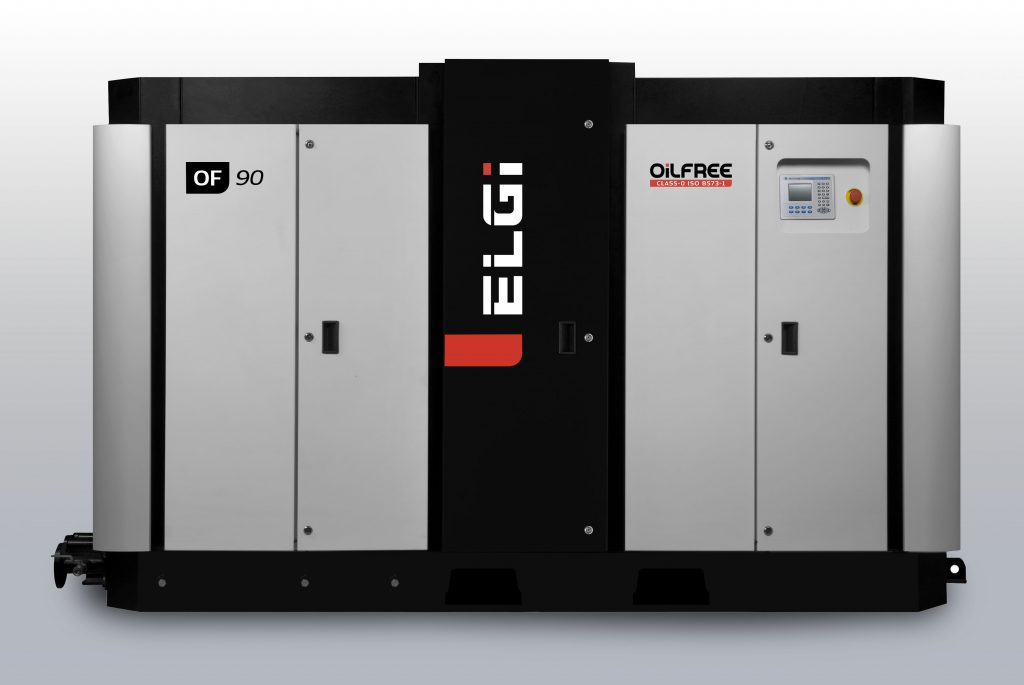
ELGi’s oil-free compressors have found wide applications in the healthcare industry.
To know more about ELGi’s product line, click here

